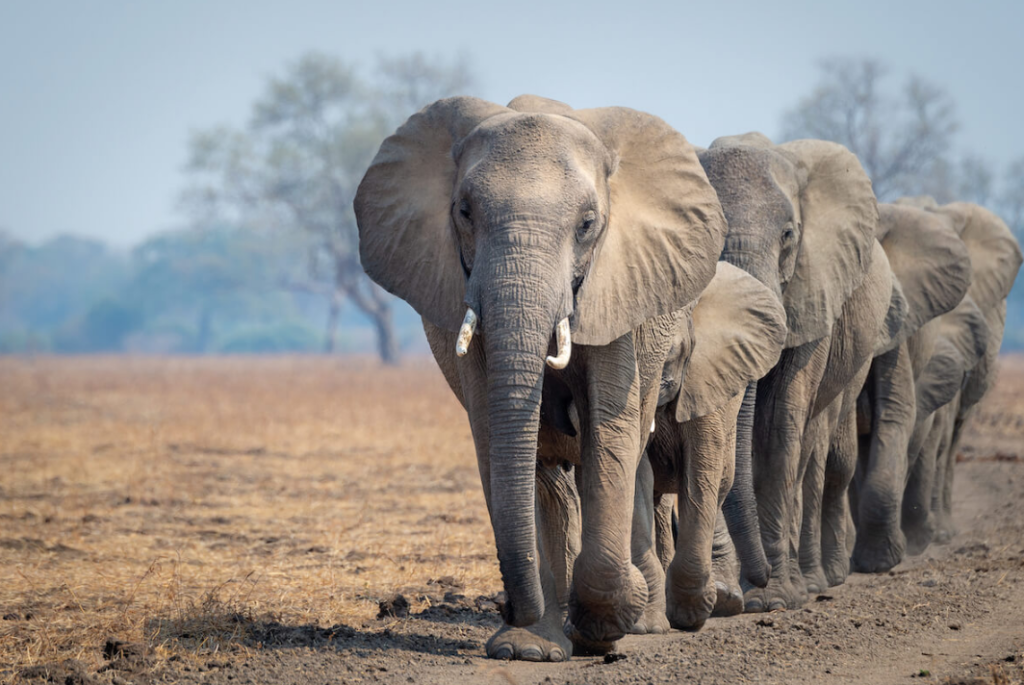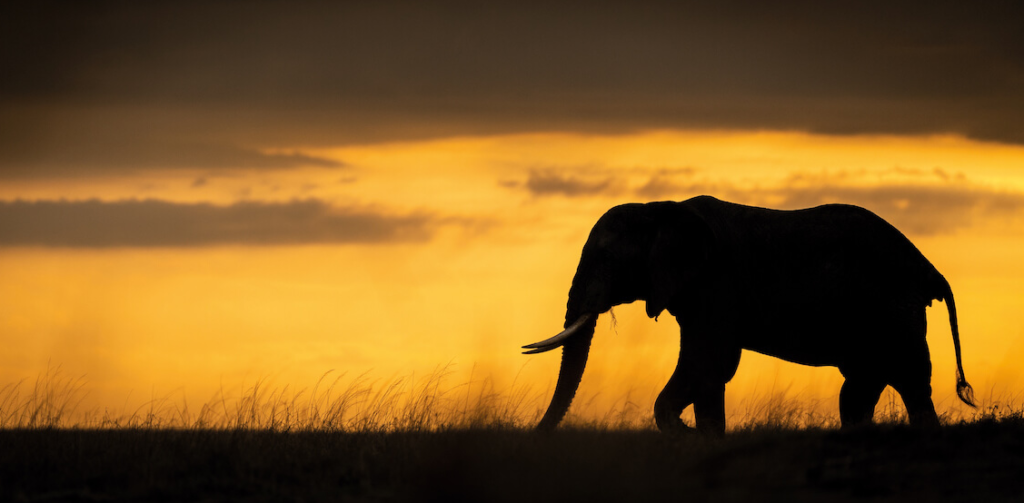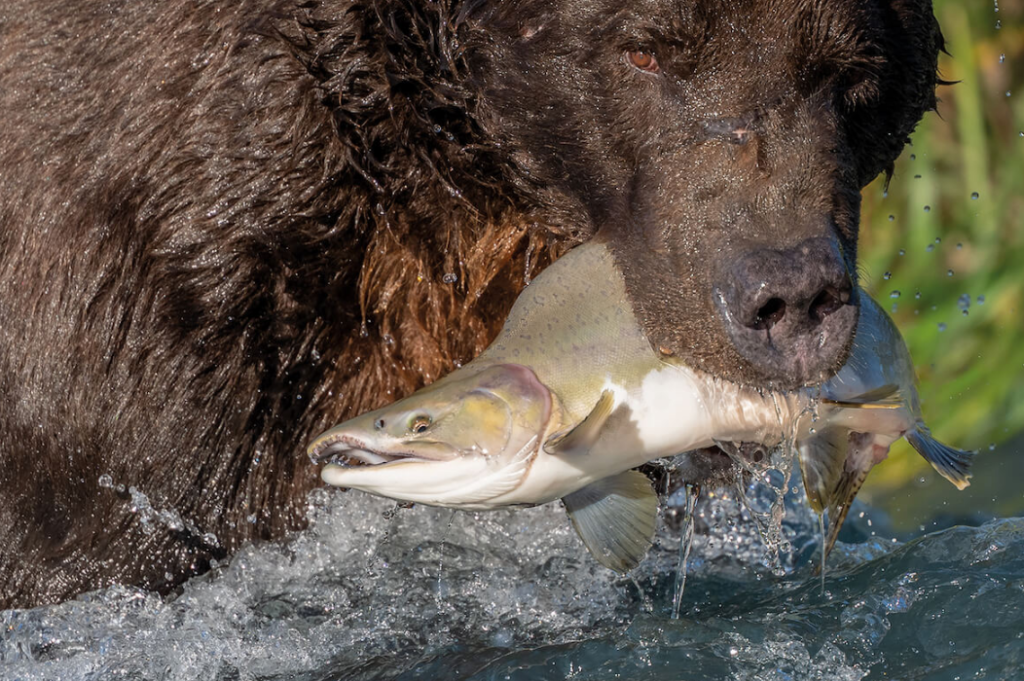Wildlife photography offers endless creative opportunities and satisfaction. No two photographs are the same, whether you’re capturing a majestically regal lion or waltzing penguins on a sandy beach. While exploring, wildlife photographers can also enjoy the tranquility and peace of nature. You can feel a sense of pride and accomplishment when you see familiar animals in their habitats, or get a close-up view of a new animal. The ability to review all of your photos later is another great reward for wildlife photography. Richard Barrett, the renowned wildlife photogrpaher, offers his best tips on how to take incredible wildlife photos.
The Author: A Passion for Wildlife Photography
Richard Barrett, who was in his early retirement at the time, rekindled his passion for photography by booking a trip to Kenya’s Masai Mara. Since then, he has been hooked and is one of UK’s leading wildlife photographers.
His amazing photographs of iconic animals on land and in water are the result of many trips. He often went on wildlife tours in his earlier days and learned a lot from fellow photographers. They taught him when to travel, which equipment was best, the best time of year, how best to use light, backdrops, etc.
Richard has written a book that shares some of his best photographic advice. It includes chapters about how to capture the most beautiful travel portraits.

Wildlife Photographion Tips when photographing larger subjects – Elephants In Kenya
Wildlife photography can be a challenge. It may require quick reactions or meticulous planning. Imagine the difficulty of photographing an elephant. He suggests that if you are trying to capture the vastness of an elephant, it is best to get low and take the picture. Ground-level near a waterhole works well, while some parks have semi-underground structures built for this. Kitiru Conservancy is a great place to take low-angle shots.
Jeep safaris for wildlife photography:
When photographing from the jeep, the photographer recommends placing the beanbag along the side and gently pressing down the lens of the camera. Elephants are most active between 6am and 7am. If sunset is approaching, then he will be looking for silhouettes against warm colors of the sky. When on an elephant tour, he recommends that you travel with other photographers and not just sight-seers, because the tourists are more likely to want to get to the next location faster than photographers. Costs of an individualized outing may be split by other photographers who have similar requirements.
Terrain:

If you are looking for moody clouds, he recommends November, the rainy season, even though heavy rainfall is possible. Cloudy skies work better for elephant pictures than a solid blue sky. He includes his 18 own breathtaking elephant photographs in his Elephant chapter. Each photo has a comment explaining what the photographer was trying to accomplish, how they were taken, when and where.
Tips for Wildlife Photographers when using light equipment – Bears of Alaska
Richard’s Alaskan trip only allows 23 kilograms on the floatplane. What to bring? The equipment he took with him, including lenses, a tripod and a camera weighed 17kg, but was essential for the 8-day journey. His time spent in Alaska’s Katmai National Park was described as exhilarating, and he describes encounters with salmon-fishing bears.
Take a low stance:

For many shots, he recommends lying on a rocky beach. “Yes, it is uncomfortable to lie down while holding the camera, but it was absolutely worth it” to capture the splashing of these huge paws. He says to be prepared for anything, as shown by the sharp picture of a walking wolf with a fish in its mouth. Each morning at 6:15, he sets out in an ATV trailer to try and catch the orange sunrise. After getting within 10 meters of the grizzly, who was pacing along the bank in search for salmon the group either waited on the beach with their tripods or lied on the sand. Richard takes multiple photos with different settings in the hope that one of them will be successful. A plastic sheet is placed on the beach in order to protect the lens and camera from sand. He takes hundreds of pictures in a matter of minutes, as soon as the lighting is ideal. It works.
How to take photos in Different lighting conditions
What are his tips and tricks for taking pictures in low-light conditions? In the morning twilight it is difficult to take a sharp picture. To get the most light, you need to set the aperture on the lens to the widest setting. He recommends setting a shutter speed fast enough to stop the bear’s movement and prevent camera shake. Also, the ISO should be set so that there is not too much noise. If the light level is low, you may have to compromise with both of these settings. He ended up using ISO 25,600 and 1/320 sec in Alaska, which is the maximum ISO he would dare use on his Nikon D5. The images were noisy due to the high ISOs.
For More Inspiration and Information

Richard’s coffee-table book contains 272 pages with general and specific advice, as well as his wildlife photos. This will allow anyone to make the best of their wildlife safari investment anywhere in the world. Richard’s recommendations on the best places to visit for wildlife, the time of year, and the photographic tour companies that are best for every species are well worth the cost of the book.

You will no longer come home from your wildlife adventure with bad photos.